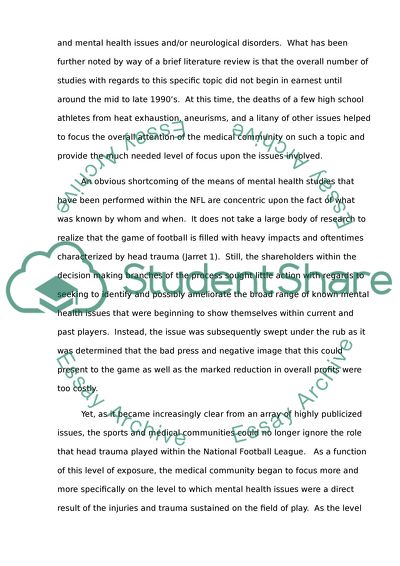Cite this document
(“Head Trauma Research Paper Example | Topics and Well Written Essays - 1750 words”, n.d.)
Retrieved from https://studentshare.org/sports-and-recreation/1470141-head-trauma
Retrieved from https://studentshare.org/sports-and-recreation/1470141-head-trauma
(Head Trauma Research Paper Example | Topics and Well Written Essays - 1750 Words)
https://studentshare.org/sports-and-recreation/1470141-head-trauma.
https://studentshare.org/sports-and-recreation/1470141-head-trauma.
“Head Trauma Research Paper Example | Topics and Well Written Essays - 1750 Words”, n.d. https://studentshare.org/sports-and-recreation/1470141-head-trauma.


